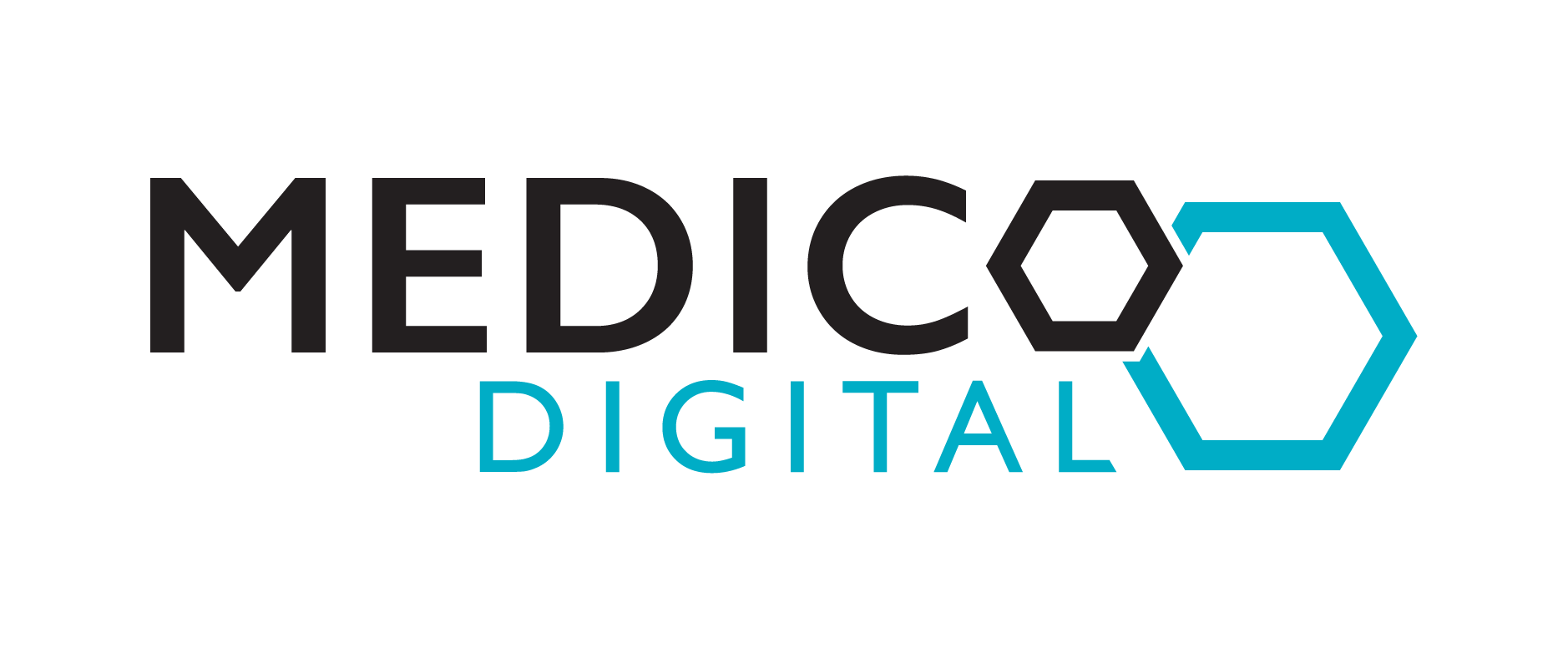Ovulation Induction
Ovulation induction is indicated for women who do not ovulate regularly or for those who do not ovulate at all. It is routinely used for fertility treatment such as IUI (intrauterine insemination) and IVF (in vitro fertilisation). Normally a woman would produce one egg and very rarely, two eggs, each menstrual cycle.
The rationale of ovulation induction for assisted reproduction techniques is to make women produce follicles which contain eggs during each treatment cycle.
Lack of ovulation, known as anovulation, is a common cause of infertility in women as there is no egg to fertilise. Anovulatory women may notice irregular periods, or in the most severe of cases, experience no menstrual cycles at all.
What causes lack of ovulation?
The most common cause of a lack of ovulation is Polycystic Ovarian Syndrome (PCOS), which is a condition that affects a woman’s hormone levels, particularly testosterone and insulin. This hormone imbalance can ultimately lead to chronic anovulation. Additional potential causes of a lack of ovulation include obesity or low body weight, a lifestyle with extreme levels of exercise, hyperthyroidism, hyperprolactinemia, stress, and certain medications.
How is ovulation induced?
Ovulation induction is regularly used as a part of the fertility treatments, IVF and Intrauterine Insemination (IUI) for women who don’t ovulate at all or ovulate irregularly. The treatment involves the stimulation of ovulation or the development of ovarian follicles to reverse anovulation, using medication. The medication protocol will vary from woman to woman, as it is tailored to individual needs. During treatment, the patient will be monitored with ultrasound scans and blood tests to observe follicle size and ovulation induction, so any necessary adjustments to medication can be made.
Reducing the risk of multiple births
Treating infertility with medications that stimulate ovulation and follicle development carries an increased risk of multiple pregnancies. Depending on the medication used, the chance of multiple pregnancies can be as high as 30%. The goal of any ovulation induction treatment is to maximise the chances of pregnancy, whilst reducing the risk of multiple births.
Unfortunately, all multiple pregnancies come with risks to both the mother and child, including the likes of premature labour and delivery, miscarriage, gestational diabetes, and high blood pressure. To reduce the chances of multiple pregnancies, follicle size will be closely monitored and, if necessary, an IUI cycle may be cancelled. The most effective strategy for avoiding multiple births is via a single embryo transfer during an IVF cycle.
Success rates of ovulation induction
The pregnancy rates of ovulation induction are typically between 10% and 20% each cycle, with the rates being dependent on the woman’s previous length of infertility, age, weight, and diagnosis. Some patients with a less severe or complicated diagnosis may see their fertility rates return to the normal 20% to 25% chance of pregnancy with each cycle.

